In this week’s crypto highlights, we explore the price movements of BTC, LINK, AAVE, and FLR. Additionally, this recap includes other notable industry news items that occurred over the last seven days. Without further ado, let’s dive into the latest market developments.
Market spotlight: Bitcoin price moved out of a narrow range
Over the last seven days, Bitcoin was predominantly consolidating between $42,000 and $43,400. The price movement was so tight, it sparked speculation that it could be the “calm before the storm.” Trying to find potential catalysts for increased volatility, some suggested Chinese New Year Week as a possible harbinger of price fluctuations.&
China’s Lunar New Year falls on a different date every year, and this event marks the beginning of a week-long national holiday in China, also known as “Golden Week.” This period, for whatever reason, is typically accompanied by higher volatility and lower volume in the crypto market. In 2024, the Golden Week will take place from February 10 to February 17.
Here’s how Bitcoin’s price behaved amid Chinese New Year Weeks of the past:
- Before 2021, Bitcoin typically experienced a price decrease shortly before the holiday. However, after 2021, the tides seemed to turn, as Bitcoin price has since predominantly shown a slight increase while approaching the event.&
- Bitcoin enjoyed consistent, positive performance over the last nine years during Chinese New Year Week. According to 10xResearch, if Bitcoin was historically bought three days before the Golden Week, and sold at the end of it, the average return would have been +11%.
- After China’s New Year Week, Bitcoin has typically moved downward. Sometimes the crash evaporates all the gains obtained during Golden Week (i.e. 2021, 2022, and 2023). That’s why this event is sometimes called the “inverted” Santa Claus rally.
It is debatable whether or not Chinese New Year Week will still have a significant impact on Bitcoin markets. Chinese yuan is no longer the top fiat currency in Bitcoin trading, and China is not leading in Bitcoin hashrate anymore. This is arguably due to China’s ban on crypto transactions and mining in 2021.
However, according to Reuters, Chinese citizens recently rushed into Bitcoin, amid the local stock market’s turmoil. This could potentially provide Bitcoin with a new wave of demand.
Nevertheless, some of the Golden Week’s patterns have arguably started to show themselves. On February 7, or three days before the Chinese New Year, Bitcoin saw a 4% price increase, which helped the asset move out of its narrow range.&
The four-hour chart hints at the formation of an ascending triangle. However, it seems that the asset approached the pattern’s target (equal to the triangle’s height). In addition, the RSI reached the overbought zone, which could limit upward movement in the coming days.
Bitcoin broke a descending RSI line on a daily chart, which we mentioned in our previous market overview. This suggests a potential bearish-to-bullish reversal in market momentum. However, for that, the asset might first need to sustain above $43,400. The weekly chart continues to hint that Bitcoin may see another price correction before halving.
Noteworthy market events
Farcaster saw a more than 10x increase in daily active users
Farcaster recently became one of the hottest topics in crypto, as it was reportedly mentioned in crypto Twitter/X more often than any other crypto project, including Bitcoin. According to the Block data, daily active Farcaster users grew from approximately 2,700 on January 25, to over 29,700 by February 5. The surge was associated with the introduction of the Frames feature on its social media application Warpcast, on January 26, 2024.
Wait, Farcaster, Warpcast, Frames, what are these?&
- Farcaster is a protocol for decentralized social apps, which stores data like usernames, profile pictures, posts, reactions to posts, and friends/followers. Users can build an app that engages with this data, and transfer their activities across different apps. To put it simply, imagine if you were able to carry over your subscribers and posts across Facebook, X (formerly Twitter), Reddit, Discord, etc.
- Warpcast is the most popular app built on Farcaster, and is considered a Twitter clone.
- Frames effectively turn Farcaster-based posts into interactive mini-apps. For instance, users can mint NFTs, play Web3 games, run e-commerce shops, and make crypto purchases, all without the need to leave the platform.
Some crypto enthusiasts consider it a potential “killer app,” as many social media platforms deprioritize external links. Others viewed Farcaster as another round of temporary crypto social media hype, with some comparing it to friend.tech.&
While Farcaster is arguably decentralized, apps built on top of it could be centralized. Farcaster doesn’t have a native token, but some Farcaster-based apps have been offering airdrops of their tokens to early users. The latter partly contributed to Farcaster’s hype.
Solana experienced its first network outage since February 2023
A few years ago, there were a lot of memes circulating the suggestion that Solana had “working hours,” due to frequent outages the network faced throughout its operation history. Last year, some questioned whether or not these memes are still relevant, as Solana was enjoying its longest run of 100% uptime.
However, on February 6, 2024, at 09:52 UTC, the Solana blockchain stopped processing blocks, breaking its 346-day streak of no incidents of this kind. According to Solana’s status page, the network had a major outage for almost five hours. Of course, this inspired another wave of “Solana down” memes.
Laine, a software developer and Solana validator, clarified that Solana’s mainnet experienced “a performance degradation.” In a follow-up post, Laine announced the beginning of a network restart. Validators were asked to update their software to v1.17.20 to address the issue. Once 80% of the validators made the upgrade, the network restarted.&
FTX scaps relaunch, plans to “fully” repay customers
It might be time to say bye to FTX 2.0.
According to a recorded court hearing, FTX attorney Andy Dietderich said the exchange could “cautiously predict” full repayment to users and creditors. He also said that “after an exhaustive effort,” there is currently no plan to restart FTX, as there was “no investor ready to commit the needed capital to restart the offshore exchange.”
The “full recovery” of customer assets will be reportedly based on prices at the time of FTX’s actual bankruptcy. For instance, it would be around $17,000 for Bitcoin, and approximately $1,250 for Ethereum. FTX Creditor Committee lawyer Kris Hansen said that many FTX clients and creditors don’t consider it “full” compensation, but he acknowledged that this was a necessary decision.
FTX lawyers plan to introduce a detailed compensation plan later this month.
EigenLayer lifted a staking cap, causing its TVL to surge
Liquid restaking protocol EigenLayer temporarily removed its 200,000 ETH per-protocol staking cap. In a blog post, the project said that this move was designed to “invite organic demand.” As a result, EigenLayer’s total value locked (TVL) nearly doubled in just a day, surpassing $4 billion. This made EigenLayer the sixth-largest DeFi protocol, according to DeFiLlama.
Lido’s stETH tokens led the pack, accounting for approximately 80% of new deposits into the protocol. A new staking cap will be applied on February 9, 2024. EigenLayer also said that it plans to permanently remove the deposit limit at some point in the future.
One sentence news
- Celsius declared it has “emerged” from Chapter 11 bankruptcy protection in the U.S., and is poised to distribute $3 billion worth of crypto and cash to creditors.
- Ethereum Name Service (ENS) partnered with GoDaddy to allow the Web3 community to link their “.eth” domains to traditional Web2 URLs, at no extra cost.
- Jupiter faced rug-pull allegations, as the JUP price plummeted after an airdrop.
- Genesis asked a bankruptcy court for permission to sell $1.4 billion in GBTC shares.
- According to The Wall Street Journal, Facebook and Instagram might soon follow Google’s lead, and allow the promotion of U.S. spot Bitcoin ETFs.
- The U.S. Securities and Exchange Commission (SEC) adopted a rule that could place DeFi liquidity providers, who allocate $50 million or more, under the regulator’s supervision.
Notable price performances
LINK price reached a two-year high
The LINK price approached the $20 level, after showing a more than 20% weekly price increase. This helped the asset move out of the established rectangle (yellow channel), which had been in place since November 2023.&
The rectangle is considered a neutral pattern that depends on the direction of the breakout. In most cases, it continues an established trend. The recent breakout suggests that LINK could continue its upward momentum.
However, the asset formed bearish divergences on four-hour and weekly timeframes. In addition, the daily RSI approached the overbought zone. This indicates that LINK’s rectangle breakout could be a bullish trap, and deeper correction could soon follow.&
AAVE price could be inside a falling wedge
The AAVE price experienced a double-digit drop over the last 30 days, moving to the 0.618 Fibonacci point, and the 200-day SMA. The asset’s correction resembles a falling wedge pattern, which suggests that a price rebound could soon occur. This pattern is considered confirmed after the breakout of the resistance line. The pattern’s price target is typically equal to the height of the wedge.&
The daily RSI is still inside a downtrend, and is far away from the oversold zone, meaning there could still be space for downward movement. However, the asset formed bullish divergences on four-hour, and lower, timeframes. The latter hints that a potential breakout of the wedge’s resistance line could happen in the short term.
FLR temporarily became a unicorn, reaching a $1 billion market cap
The FLR price saw a massive bullish run in recent months, surging by more than 350% since October 2023. One of the catalysts that helped the asset maintain its upward momentum was Google Cloud, which joined the Flare network as a validator.
In its latest jump, the FLR price again broke the upper Bollinger band on a daily chart, suggesting that a price correction to the middle of the channel could follow. The asset showed similar behavior throughout its four-month rally. If the price moves below the middle of the Bollinger channel, it could push the asset to the ascending support line (cyan line).&
The weekly RSI also reached the overbought zone, hinting that the FLR rally might be approaching its end.
Tune in next week, and every week, for the latest CEX.IO crypto highlights. For more information, head over to the Exchange to check current prices, or stop by CEX.IO University to continue expanding your crypto knowledge.
Disclaimer: For information purposes only. Not investment or financial advice. Seek professional advice. Digital assets involve risk. Do your own research.

You can get bonuses upto $100 FREE BONUS when you:
💰 Install these recommended apps:
💲 SocialGood - 100% Crypto Back on Everyday Shopping
💲 xPortal - The DeFi For The Next Billion
💲 CryptoTab Browser - Lightweight, fast, and ready to mine!
💰 Register on these recommended exchanges:
🟡 Binance🟡 Bitfinex🟡 Bitmart🟡 Bittrex🟡 Bitget
🟡 CoinEx🟡 Crypto.com🟡 Gate.io🟡 Huobi🟡 Kucoin.
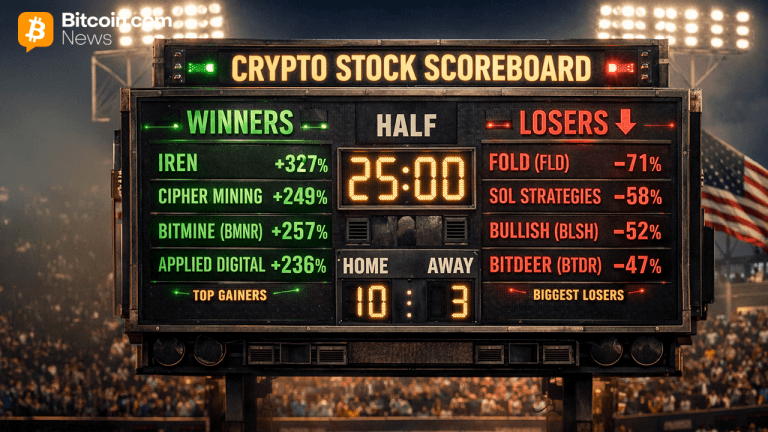



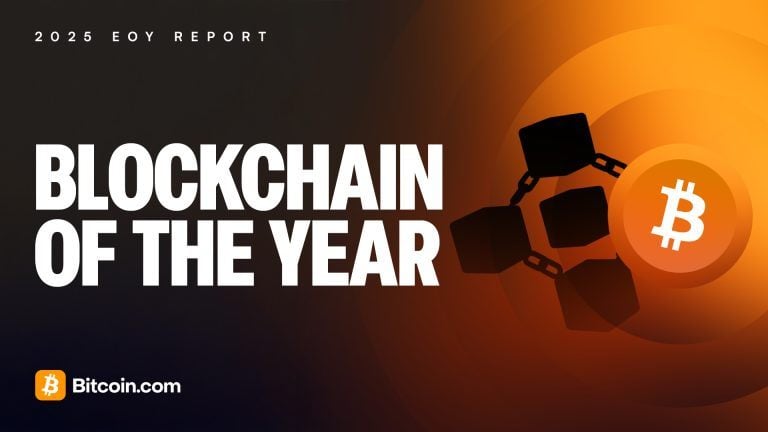
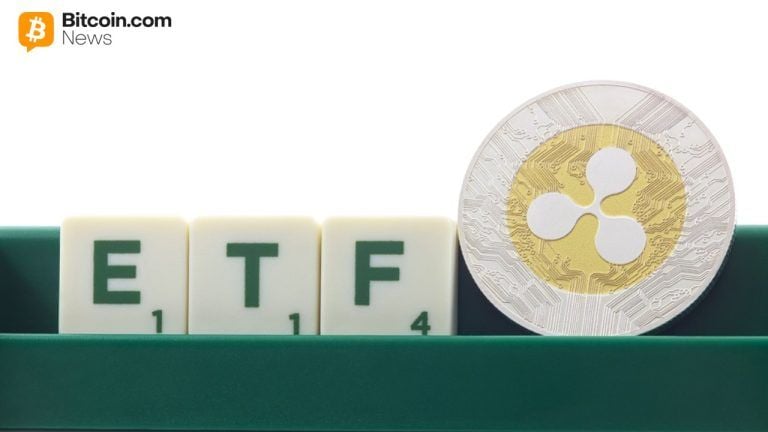
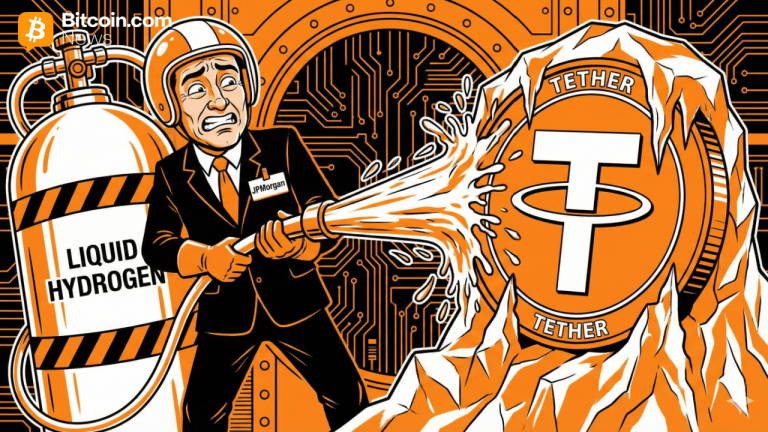
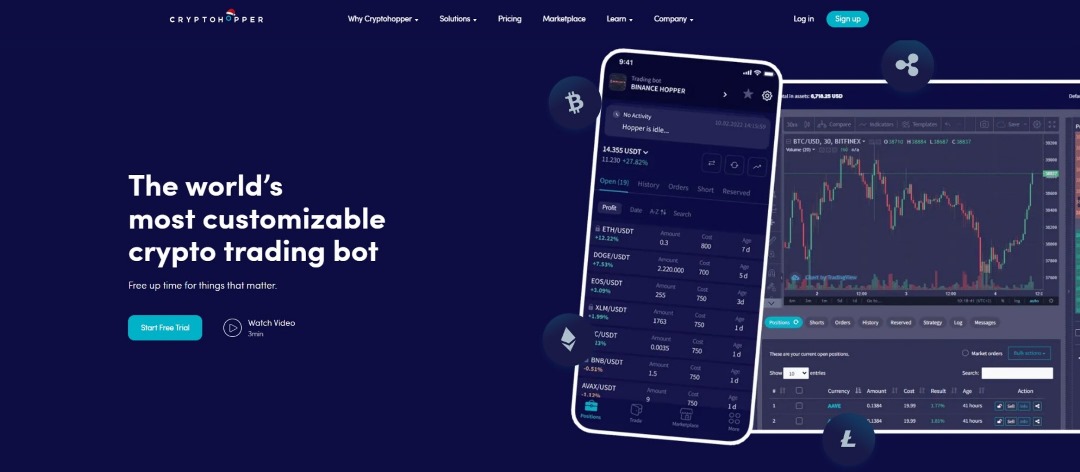



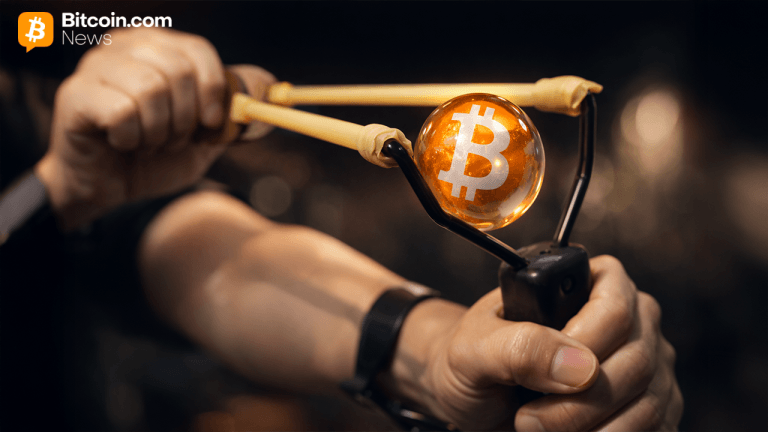






Comments